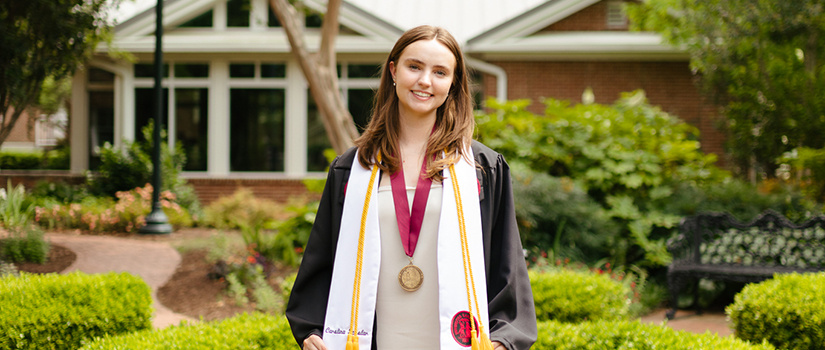Top image courtesy of Adaire Hill, Instagram: @adairetakesphotos.
December 2021. Ella Sanders has just returned to Charleston, South Carolina, after her third semester of college. Before she can finish her final paper, she’s contacted by her former ballet studio, the Dance Conservatory of Charleston.
The message: One of their dancers has been injured in dress rehearsal, and they need Sanders to perform.
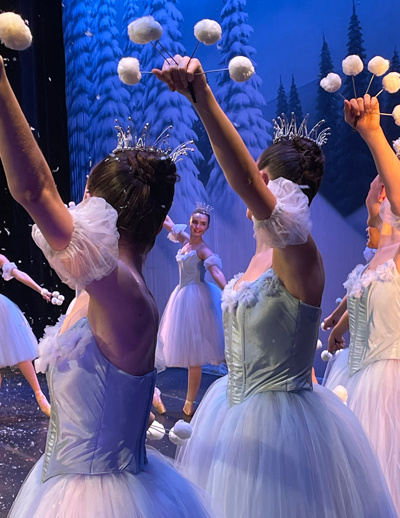
“This was a Friday night,” Sanders recalls, “and they had four shows that weekend.”
So Sanders slips into her pointe shoes and spins back into choreography she learned years prior: George Balanchine’s “Waltz of the Snowflakes” from Tchaikovsky’s The Nutcracker. By the end of the weekend, she’s supported her hometown ballet studio and experienced her first post-pandemic performance – an exciting feat for the young dancer.
But Sanders’ aspirations are not to be contained. Nearly three years have passed since that phone call, and she doesn’t just want to step in when another dancer is injured. She wants to help dancers train in ways that minimize injury risks. She worked toward that goal as a BARSC dance science major, and now, she’s ready for an international stage: Trinity Laban Conservatoire of Music & Dance’s dance science MFA program in London.
Leaps and bounds
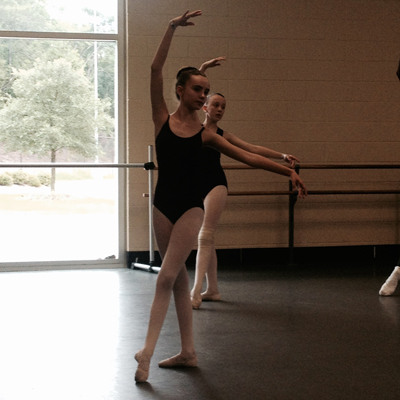
Sanders’ journey as a dancer has always been linked to the University of South Carolina. She took her first dance steps at age three, participating in Dance Moves, a program founded by 2002 USC dance education alumna Jessica Beran. As she grew as a dancer, Sanders made the trip from Charleston to Columbia to attend USC’s summer dance intensive, and when she was twelve, she even stayed in the Honors Residence Hall.
“I knew [that USC] was a quality dance program that would be challenging,” says Sanders, reflecting on her decision to attend USC. The combination of quality dance training and being awarded the Carolina scholarship — the university's most prestigious merit award for in-state students — encouraged her to enroll.
This would be the first of many important combinations for Sanders. The summer before classes began, her Top Scholar faculty mentor, Jennifer Deckert, emailed her about dance medicine and science — the perfect opportunity to fuse her interests in art and science.
During her first year at USC, Sanders joined Deckert’s research group and investigated methods for studying knee rotation in dancers. She also assisted another undergraduate student, Kynslea Philcox, with her Honors thesis project concerning creative dance for young students with autism.
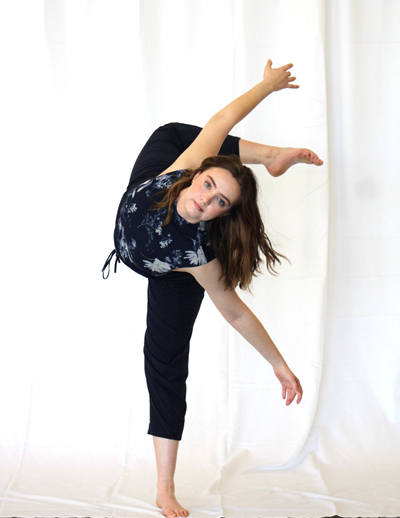
“These two experiences introduced me to two subtopics of dance science — biomechanics and dance for health — and opened my mind to the variety of research happening in the field,” says Sanders.
Through the Honors College’s BARSC (integrated studies) program, Sanders created a dance science major: a blend of art and science focused on minimizing dancers’ risk of injury.
“The BARSC major allowed me to explore those interests within a four-year timeline as well as pushing me to take unique classes and combine my interests through class papers and projects,” says Sanders.
Beyond the ballet barre
She immersed herself in dance science by attending International Association for Dance Medicine and Science conferences and volunteering on the organization’s student subcommittee. She also interned at the NYU Langone Health Harkness Center for Dance Injuries in 2023, interacting with physical therapists, doctors and athletic trainers who worked with dancers in various disciplines, from ballet to Broadway.
Through it all, Sanders learned that dance classes, though physically demanding, didn’t provide enough conditioning for dancers’ bodies. While reflecting on her own experience, she noticed that something was missing.
“I have three younger brothers. They were being encouraged to strength train in middle school and high school for their sports,” says Sanders. “No one ever talked to me about that when I was growing up. As I was reading into the research and the literature, it speaks for itself. Why wouldn’t dancers want to [strength train] when it’s so helpful?”
This discrepancy became the core of her Honors thesis research and future goals. Guided by Deckert and another dance faculty member, André Megerdichian, Sanders began researching the barriers to dancers’ strength training. She discovered many misconceptions that dancers had about strength training – that it would make them too bulky, that it would hinder their flexibility – and developed methods for counteracting these ideas.
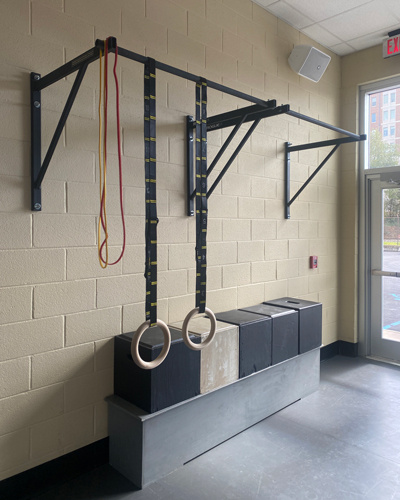
“I wanted to explore a feasible way to start to integrate strength training principles and encourage those behaviors in collegiate dancers because, compared to other athletes, collegiate dancers don’t really have baseline knowledge of how to even start strengthening,” she says.
Sanders, Deckert and Megerdichian developed a two-week strength training workshop for dancers, which they piloted in August 2023. Megerdichian led the sessions, with Sanders and Deckert assisting. After the program ended, Sanders followed up with the participants throughout the semester to research their independent adherence to the strength training regimen. She utilized this data to identify barriers to strength training for collegiate dancers, and her thesis communicates these findings – and presents a workshop and course plan that programs could incorporate into their curricula.
“It is the responsibility of collegiate dance programs to provide this information to their dancers,” says Sanders.
She also stresses the financial benefit of strength training. Instead of paying for multiple dance classes a day post-graduation to keep up with their collegiate level of activity, dancers could substitute strength training for a few classes and maintain their fitness. “You can still take dance classes,” Sanders explains, “but it’s just a really great way to maintain and improve your physicality so you can land a job contract.”

A new stage
During her pandemic-era dance classes, Sanders participated in Zoom lessons from her dorm room; in the studio, she was regulated to a box taped on the floor for social distancing. For her master’s degree, no such boundaries exist, and she’s making the leap to the world’s only MFA in dance science program at Trinity Laban Conservatoire in London.
That’s where the precise choreography ends for Sanders. From there, she’s willing to improvise as she learns more: maybe physical therapy school, maybe a Ph.D. No matter what path she takes, she’s committed to helping dancers perform at their best.
“What makes performing really special [is that] you’re sharing something ... and even if [audiences] don’t like it – which is fine, because art is subjective – it’s really awesome to be able to share something that you’ve been working so hard on and that you love with the audience.”
